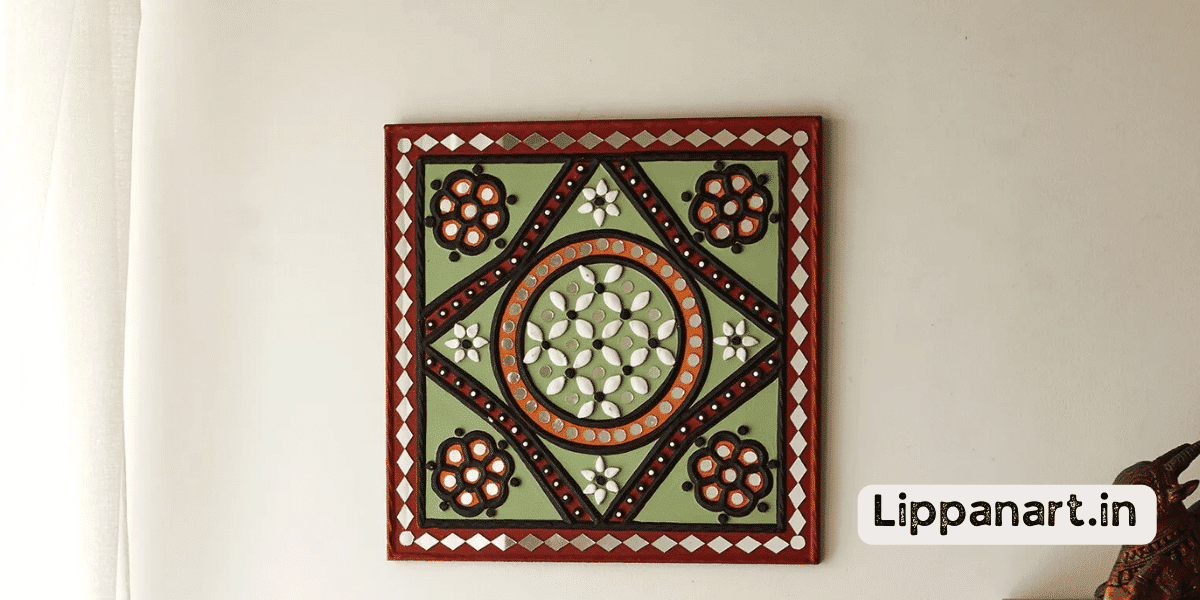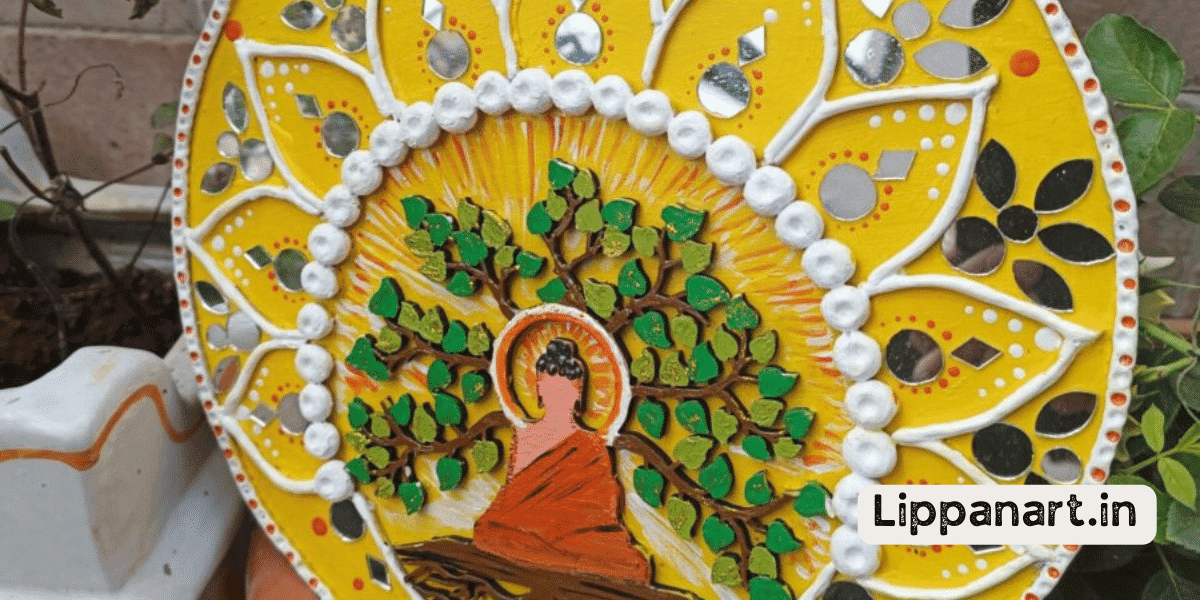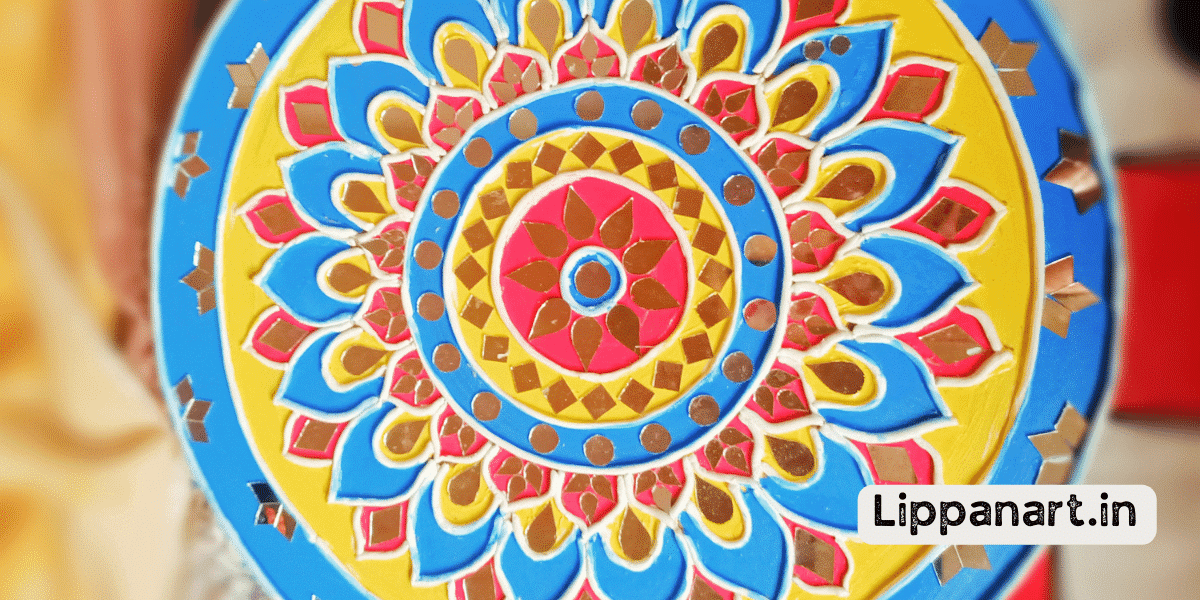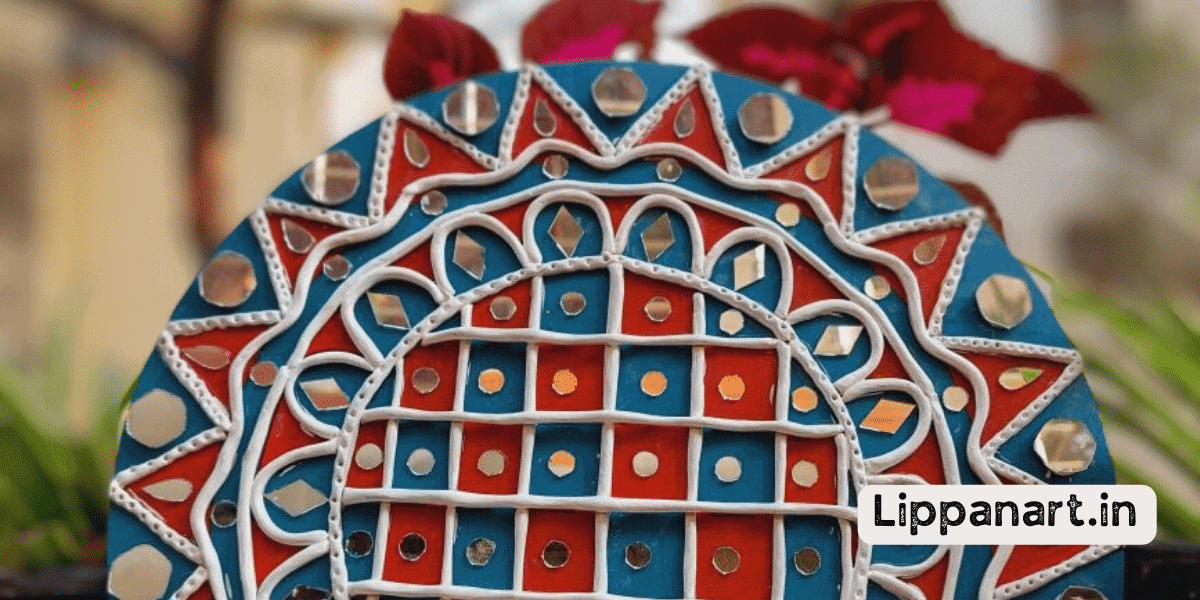Do you dream of crafting creative, captivating art? If so, you may be interested in textured art!
Textured art is an innovative way to bring a piece of art to life by using various techniques and materials.
From paint and clay to metal and wood, textured art can express emotions and create a unique atmosphere.
Discover the different types of textured art, the materials used, and the techniques for creating texture in art.
Unlock your inner artist and create something truly remarkable with textured art!
Key Takeaways
- Art’s texture refers to how something feels to the touch or looks to the eye.
- There are two types of texture in art: tactile and visual.
- Textured art can be created through various techniques, such as thickly applying paint, using different materials, or using the impasto technique.
- Texture is important in art as it can add depth, realism, and atmosphere to a piece.
Defining Textured Painting
Creating a unique and interesting painting can be achieved through textured painting. By experimenting with different tools and materials, you can create tactile and visual textures that are both visible and can be felt.
Use texture to add emotion to abstract art or create depth and realism in landscape paintings. Layering different textures can also create a visual effect.
You can also utilize texture to create movement and energy in your painting. With the right tools and materials, you can create a textured painting that’s eye-catching and one-of-a-kind.
Different Types of Artistic Textures
Texture in art is used to add depth, dimension and interest to a composition. It can be tactile (felt with the hands) or visual (seen with the eyes). Tactile textures include rough, smooth, furry, fluffy and bumpy.
Visual textures include matte, glossy, embossed, stippled, and impasto. Art materials such as acrylic paint, pastels and inks can be used to create visual textures.
Textured art techniques for beginners can be explored with a few simple supplies. Incorporating texture in mixed-media artwork is a great way to create a unique piece.
Texture in Various Types of Art
Exploring texture in various forms of art can create unique and captivating pieces. Acrylic, oil, pastel paints and mixed media are materials often used to create texture. Combining different materials and techniques is a great way to experiment with texture and find interesting results.
When painting landscapes, texture captures the environment in a realistic and vivid way. In contemporary sculpture, textured art can effectively capture the essence of a topic.
Exploring the Three Types of Texture
Exploring the Three Types of Texture is an important part of creating impressive art pieces, from abstract art to mixed media, landscape paintings, and sculptures. Let’s explore the use of tactile, visual, and audible textures in each of these mediums.
Using tactile texture in landscape paintings can add interest and depth to the painting. Different brush strokes can create texture, such as short, thick, or long, thin strokes. Mediums such as pastel, charcoal, or paint can also add texture.
Creating texture in sculpture is a great way to add interest to the piece. Materials such as clay, wood, metal, fabric, and plastic can be used to create texture. Carving, sanding, or etching the sculpture can also add texture.
Texture is important in contemporary art, adding visual elements and interest. Materials such as paint, fabric, paper, and metal can be used to create texture. Understanding the different types of textures will help create innovative pieces of art.
- Editor’s Choice
- Best Seller
- Amazon Choice
The Art of Impasto Textured Painting
Impasto Textured Painting is a form of art that uses thickly applied paint to create a textured effect, enhancing the artwork’s depth, texture, and emotion. Different tools and techniques can be used to create these effects, such as manipulating paint with a palette knife, adding layers of heavy gels, and using colour, light, and shadow to build depth and emotion.
When done correctly, this technique can be used in various mediums, including watercolour, oil, ink, and acrylic, to create a powerful piece of art that conveys emotion through texture.
Impasto Textured Painting is a unique and innovative technique that adds a new dimension to artwork.
Textured vs. Smooth Art Comparison
When comparing textured and smooth art, it’s important to consider both their tactile and visual qualities.
Textured art often includes thick layers of paint or other materials, giving it a unique feel and texture that can’t be achieved with smooth art. On the other hand, smooth art is usually characterized by flat, uniform surfaces.
While each type of artwork has pros and cons, they can both be used to create various styles, from impasto to collage. Exploring art’s tactile and visual textures can help you develop a unique style.
Additionally, texture plays an important role when considering abstract vs. realistic art. By using unconventional materials, such as wood, fabric, and paper, you can add more depth and complexity to your work. However, this can be more time-consuming and expensive than more conventional methods.
Materials for Crafting Textured Art
You can create unique and expressive textured art pieces with various materials like wood, fabric, paper, oil paints, clay, and pastels.
To use texture as an art element, here are five tips to get started:
- Experiment with different materials and textures to add depth and dimension to your artwork.
- Come up with unique textured art ideas. Think outside the box to craft something truly original.
- Explore mixed media textures. Combine different materials to create an interesting visual effect.
- Create texture with unconventional materials. Look around your home or the outdoors for materials to add texture to your art.
- Use texture as a storytelling element. Textures can help convey the story or emotion behind your artwork.
Using different materials and techniques to create texture in your art allows you to explore a whole new world of possibilities.
Get creative and start crafting one-of-a-kind textured art pieces today!
The Significance of Texture in Art
Using texture in art can add a new level of dimension, contrast, and detail to your work. Texture techniques can create a tactile experience, allowing viewers to physically and emotionally connect to the artwork.
The visual impact of texture also adds depth and realism to artworks, creating a more meaningful visual story. Sculptural art can particularly benefit from texture, as it can evoke strong reactions from viewers.
Exploring different texture techniques can help you create art with a lasting impact.
Techniques for Creating Texture in Art
Creating texture in art can add depth and interest to your artwork, creating a lasting impression on viewers. Several techniques for incorporating texture include tactile texture, mixed media for texture, abstract art, sculpture, and landscape painting.
For tactile texture, use brushes, sponges, palette knives, and other tools to manipulate paint to create a variety of textures. Incorporate mixed media for a unique element, combining various materials to create a textured surface.
Abstract art often features bold colours and thick brushstrokes, so use these to express texture. For sculpture, use materials such as wood, bronze, marble, and stainless steel for a variety of textures.
Add texture to landscape paintings with splattering, stippling, and dry brushing.
Experiment with various techniques to explore texture in art. Incorporating texture can take your artwork to the next level, so get creative and explore the possibilities.
Conclusion
Textured art is an exciting way to express your creativity and emotions. Not only can you use various materials to create unique textures, but you can also incorporate different techniques to bring your artwork to life.
With textured art, you can create a powerful image that speaks volumes
; as the saying goes, “A picture is worth a thousand words.” So, explore the possibilities of textured art and bring your artwork to life.














